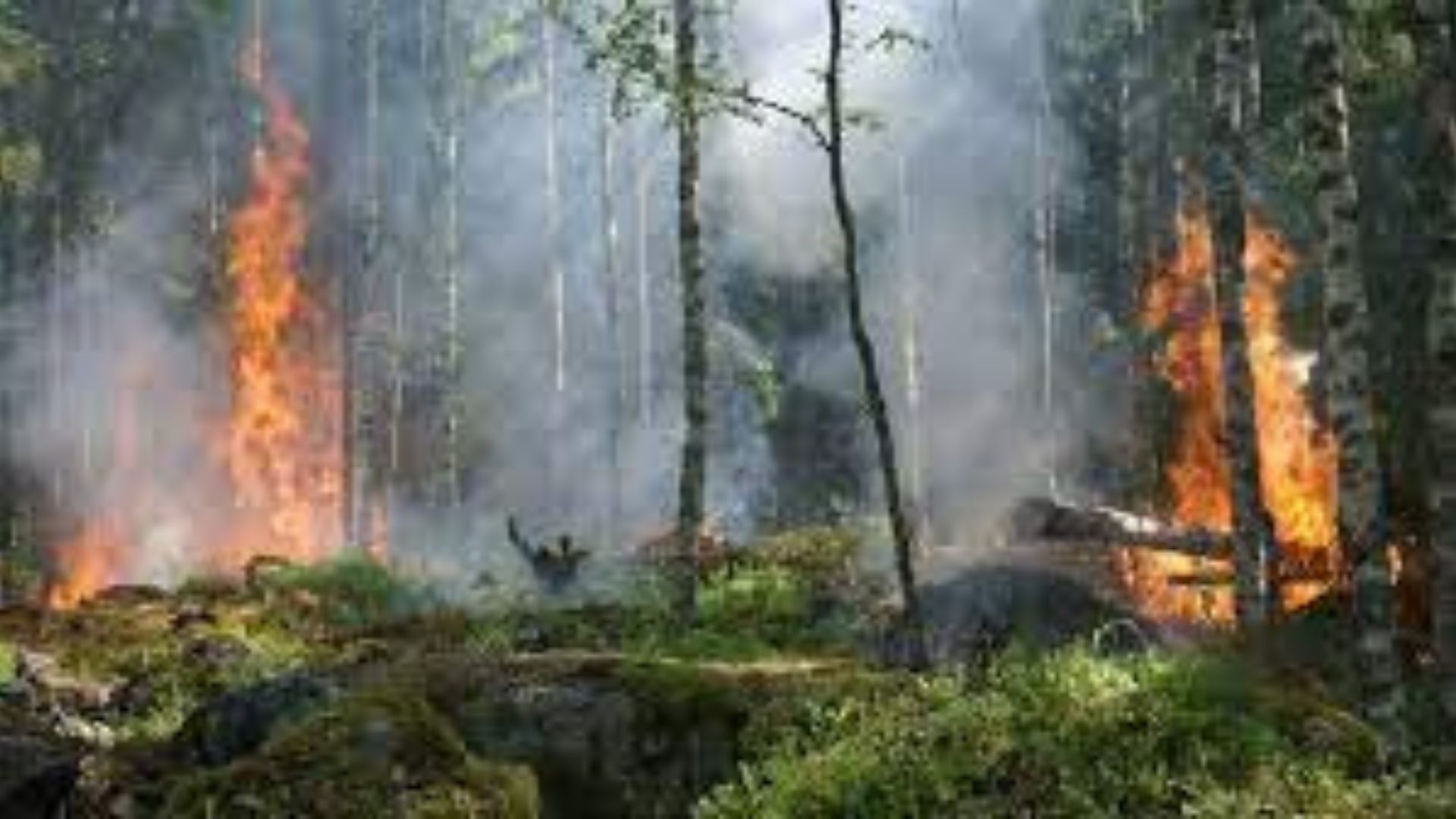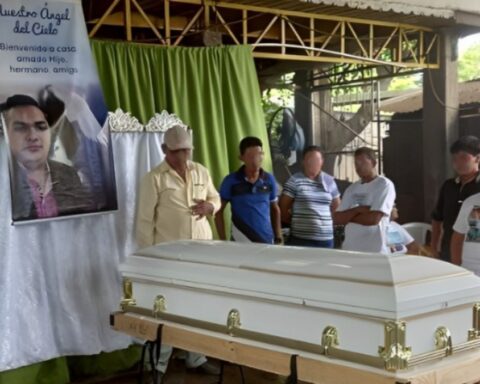The most recent monitoring of fires in Nicaragua carried out by the Fundación del Río indicates that to date at least 34 protected areas are being affected by fires or agricultural burning, which represents 47% of the country’s protected areas.
The report shows that of the protected areas affected by fires, 13 are located in the Pacific region, 13 in the Caribbean and 8 in the central area.
Related news: Nicaragua registered 70 fires in 2021, including 28 forest
According to Fundación del Río, the five protected areas with the highest incidence of fires or agricultural burning are the Cosigüina Volcano Nature Reserve, the Indio Maíz Biological Reserve, the Bosawas Biosphere Reserve, the Cerro Wawasha Nature Reserve, and the Cerro Silva Nature Reserve.
“In the particular case of the Indio Maiz Biological Reserve In the month of April alone —of 2022— 119 fires and/or agricultural burnings were reported,” the document indicates.
1,900 heat points nationwide
Another of the incidents reported by the Foundation is that to date 1,900 hot spots have been detected in the national territory, which represents an increase of 55% in the number of detections compared to the results of 2021.
The results show that in January 51 hot spots were registered, in February 292, in March 648 and so far in April 909.
At a press conference, the environmentalist Amaru Ruiz pointed out that the evolution of the hot spots detected behaves in an ascending manner according to the months of the summer period.
The invasion of settlers and agricultural burning
The monitoring of the Foundation reflects that it has been possible to verify that the processes of agricultural burning that take place in protected areas of the Caribbean of the country are associated with the processes of invasion of settlers.
“When the settlers invade, they carry out agricultural burning to establish crops and pasture for fattening cattle in those territories, in this way the land use is changed and it generates the gradual deterioration of the natural forest,” Ruiz denounced.
Related news: Government confiscates six properties from environmental NGO Fundación del Río
In addition, they report that in the case of the protected areas of the Pacific and central parts of the country, the fires are mainly associated with the processes of looting and illegal hunting of the biodiversity found in these protected areas; and to a lesser degree to agricultural burning.
little state work
Regarding the work of the Ortega regime to protect the reserves, it is emphasized that the central government is not responding to all the fire and agricultural burning alerts generated by the satellites, “this is due to the lack of political will, capacity, financial resources and geographical conditions”, they say.
Finally, they detail that despite the existence of an inter-institutional plan, the results of its application by the regime’s institutions are not yet known and that the Nicaraguan Army is the only institution that has systematic reports on the fires. .
The military institution has issued 31 informative notes related to fire suppression, 21 of these were forest fires and 10 were agricultural fires.








